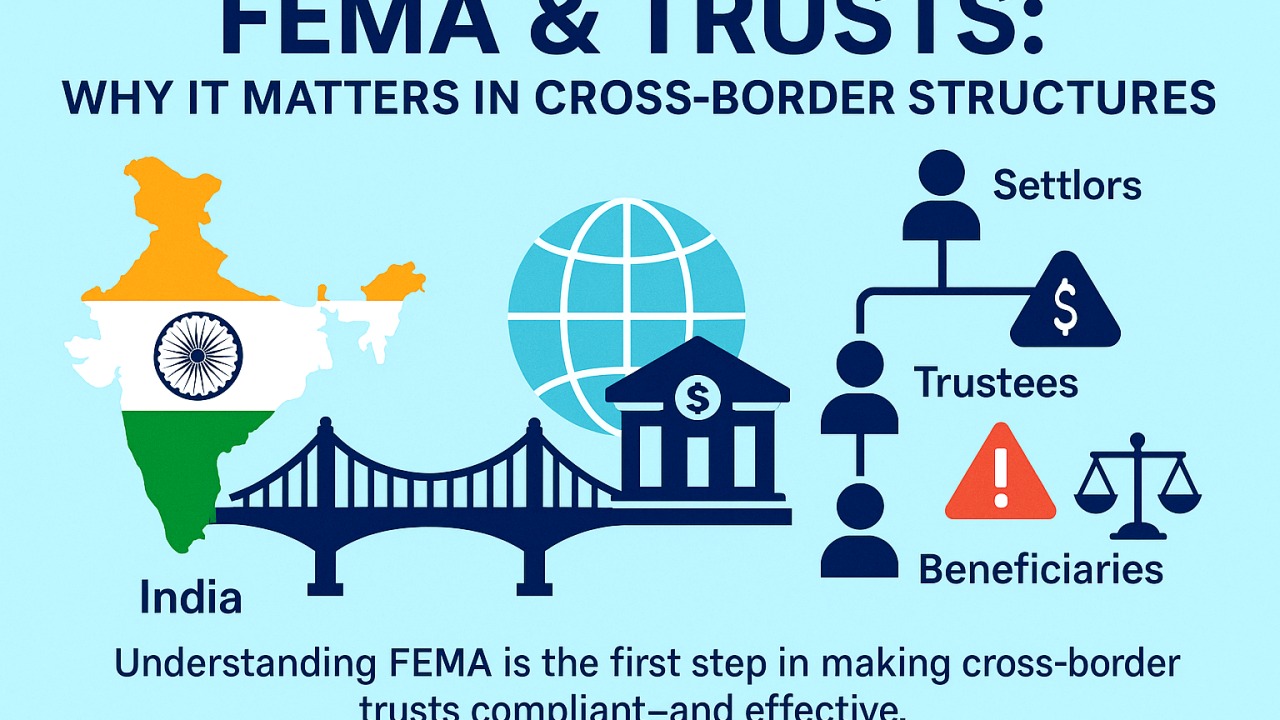@JUDGMENTTAG-ORDER
H.R. Krishnana, J.@mdashThis is an application by the defendant from the judgment of the Small Cause Court decreeing the opposite party-plaintiff''s suit based on a khata ostensibly signed by the defendant stating accounts and acknowledging liability. The question of fact before the Small Cause Court was whether this document has been really really signed by the defendant, or whether had been fabricated by the plaintiff. As usual, the plaintiff''s was the former position and the defendant''s latter. The Court itself compared the signature on the document with the signature on the written-statement of the defendant-applicant, which of course is genuinely his, and then came to the conclusion that they are identical. As this supported the plaintiff''s contention in evidence, and belied that of the defendant, the suit was decreed.
2. The point now urged is that the Court should not itself have compared the signatures and formed its own opinion, as it happens in this case, unassisted by experts. Case law has been cited, typical among which are the rulings reported in Kessarbai vs. Jethabhai, AIR 1928 PC 277 and
3. One the one hand, Section 73 of the Evidence Act expressly enables the Court to do the comparison and, on the other, for certain obvious reasons this is hazardous. Firstly, the comparison of handwriting is at all events a somewhat uncertain process, however seriously some writers might claim certainty for what they call the science of handwriting. Anyway, it requires some special skill acquired after a regular course of study. With the best of intentions it is not possible for every presiding officer of every civil Court to have obtained expert skill in this regard. Secondly, this has the effect of making the Court itself a witness, and certainly an independent witness. But there is no double danger of his being prepossessed with one view to the extent of ignoring or under-emphasizing the other aspects of the matter. An expert comes as a witness and is cross examined: when the Court is a witness, it cannot cross-examine itself.
4. But these principles, however sound, cannot altogether neutralize the effect of the express provision in the statute that the Court can in appropriate cases do the comparison itself and arrive at its finding. But they can restrict the occasion for the exercise of this power. The rulings never go to the extent of holding that a Court is legally forbidden to make such a comparison, and its results cannot be utilized for arriving at a decision. All that they state in more or less emphatic language is that it would be risky or hazardous for a Court to do the comparison itself, especially where it is unassisted by an expert. In the latter event, the Court is not really making the comparison on its own, but is assessing the evidence of the expert. There is a way of reconciling the enabling provision of the statute with the principle of prudence and caution laid down in case law. The Court is competent under law to make the comparison; but it should exercise this power very sparingly, and with utmost-caution, and further, should not make its opinion on the handwriting the sole ground of the decision. If, for example, the parties have adduced expert evidence, or considering the stake in the suit, could be reasonably expected to go through the inconvenience and expense of adducing it, the Court should refuse to make the comparison itself and decide the case on the materials available. On the other hand, if there is no expert, and considering the smallness of the stake, the-insistence on an expert would put a disproportionately large burden on the parties, then the Court may itself make the comparison. Secondly, the results of such examination can be used-only where the evidence is otherwise more or less equally balanced, and it is practically impossible to make a decision without some additional weight in favour of one or the other of the parties. If within these limits the Court has exercised powers given to it by the law, it cannot be said either that an illegality has been committed, or that the Court has acted with unjustifiable self-confidence. The risk is there but it had reduced very considerably.
5. This is the position in the present case accordingly, it will not be proper to interfere with the finding in revision. The application is dismissed summarily.

